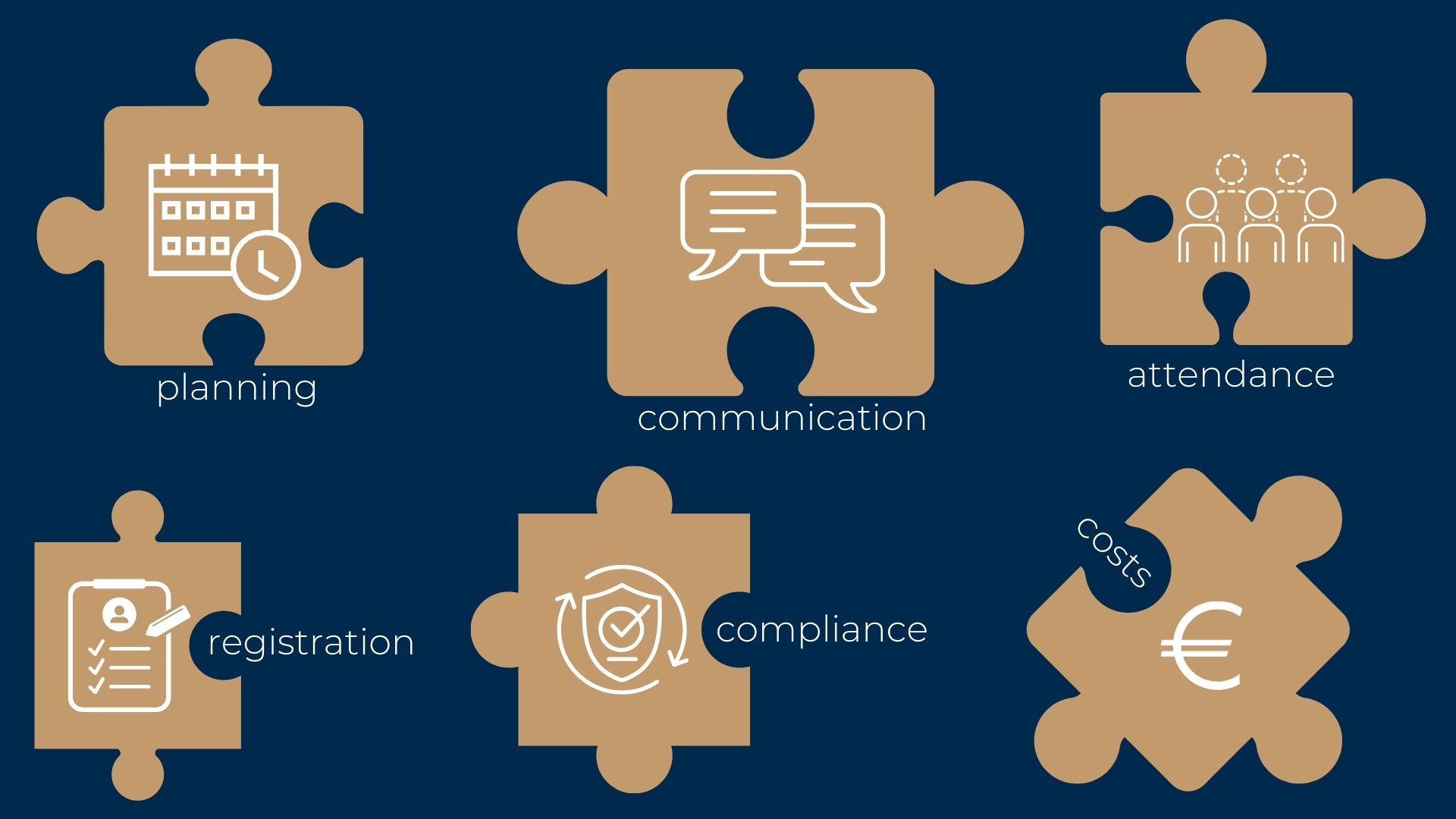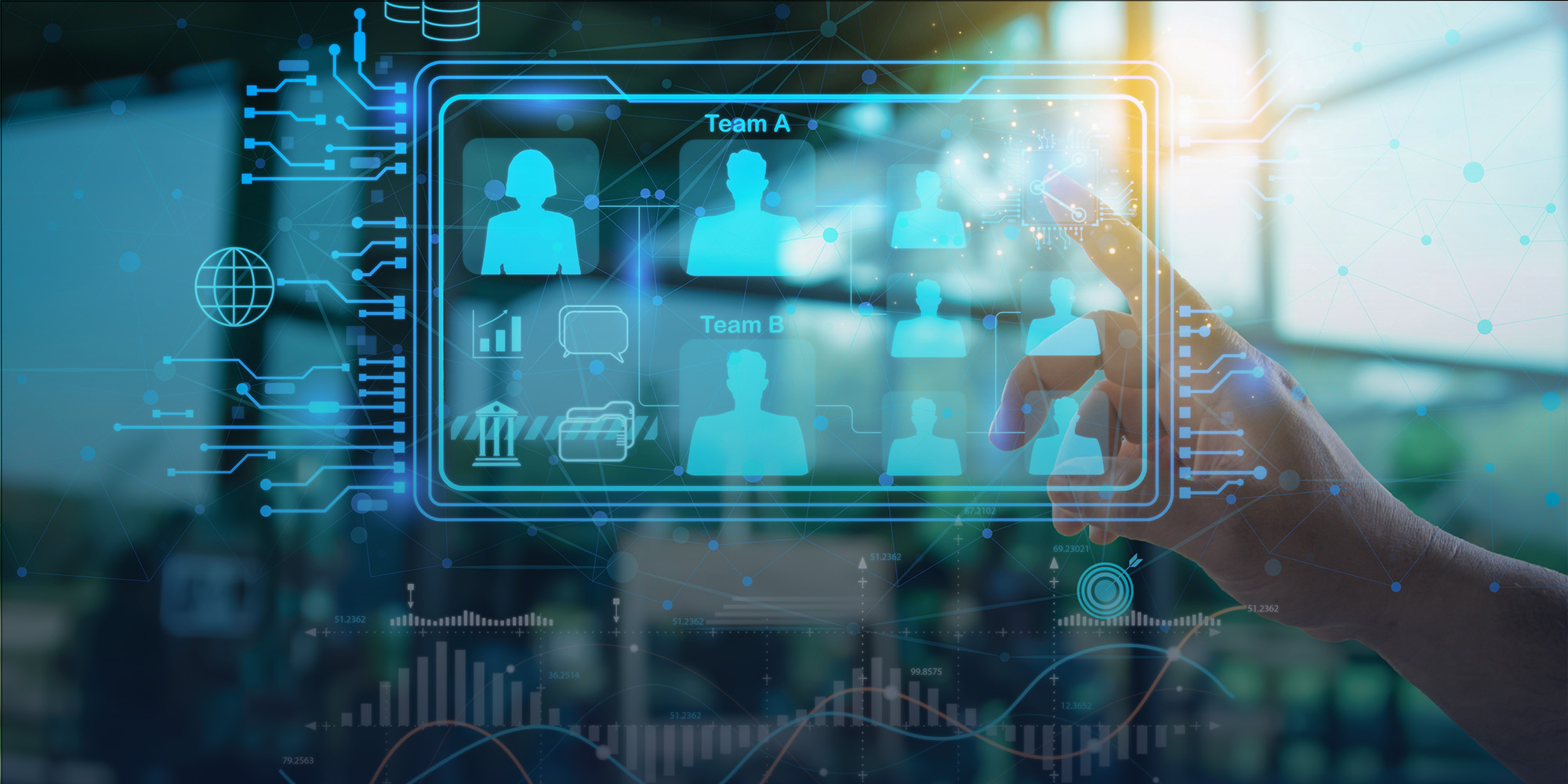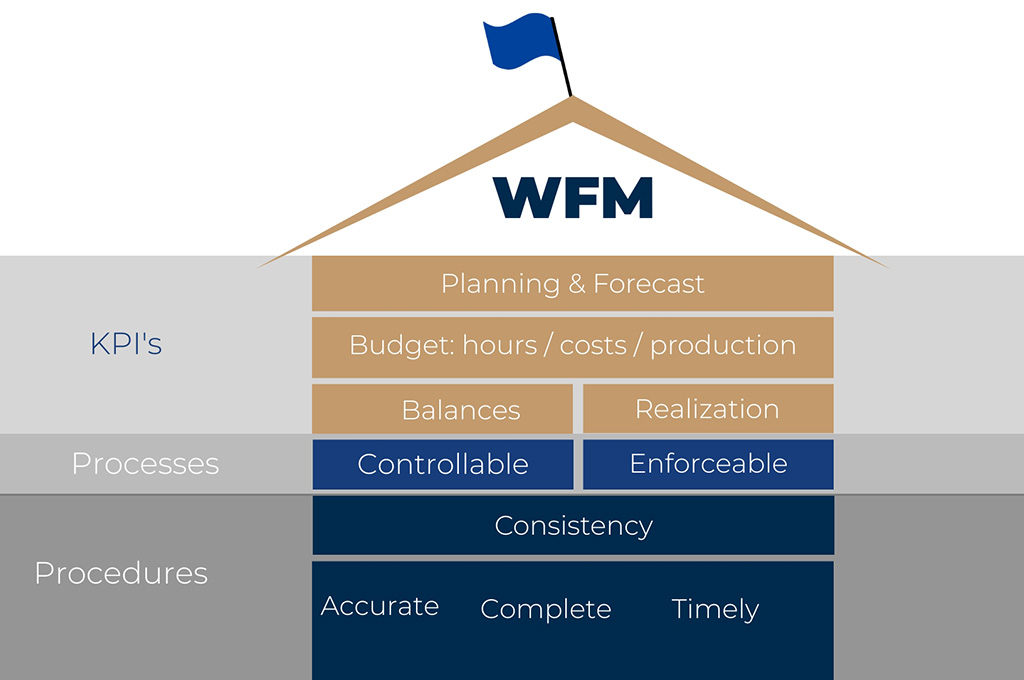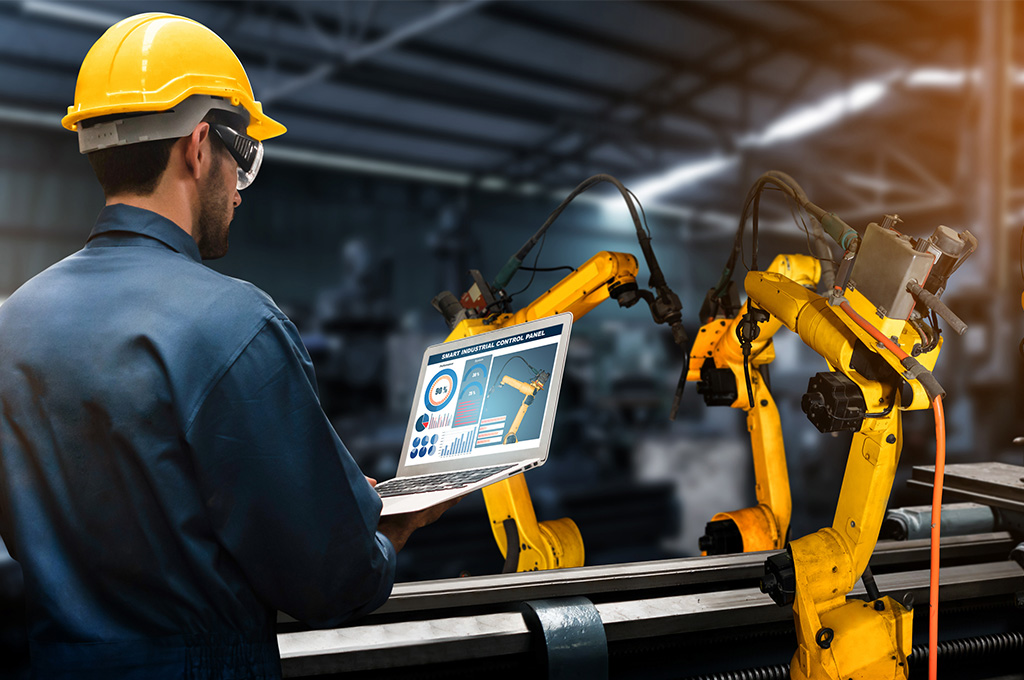The Missing Link in Workforce Management: Internal Communication
Workforce management solutions traditionally focus on areas like employee scheduling, absence management, attendance tracking, compliance monitoring, and labor cost management. Yet they often overlook internal communication, leaving a gap between managers and frontline teams.
This gap is costly. After all, frontline roles make up the majority of a company’s workforce in sectors like retail, leisure and hospitality, logistics, manufacturing and call centers. With insufficient communication, important updates can slip through the cracks, causing errors and inefficiencies.
As discussed by Food Logistics, studies have shown that a company with 10,000 frontline workers can lose $27 million per year on lost productivity alone. Poor communication also fuels disengagement and turnover.
Communication is central to any WFM strategy – and in this article, we’ll talk about how organizations can improve it.
Communication Gaps and Their Consequences
Frontline workers face unique challenges in receiving information. They may not have a company email address nor a fixed workstation that they access. Hourly workers may also be based on the road without access to meetings, bulletin boards and printed memos.
As a result, critical announcements about schedules or procedures may not reach them. As well as eroding margins, here are some other consequences.
Absence Management and Employee Scheduling Challenges
This communication breakdown undermines the very fundamentals of WFM. For example, last-minute shift changes or urgent replacement requests go unanswered, leading to understaffed shifts and overburdened teams.
Poor Employee Engagement
The link between communication failures and staff turnover is significant. For example, a recent study by USC Annenberg found that 61% of employees considering quitting cited poor internal communication as a factor, and for 26% of them, it was a major cause. Only 29% of workers reported being very satisfied with the quality and frequency of company communications.
On the other hand, when communication is strong, retention improves; the study showed that 69% of well-informed employees plan to stay in their current jobs for the following year.
One of the reasons poor communication sends staff out the door is likely to be stress. Struggling to get information can be frustrating and in a study by Microsoft, frontline workers ranked technology as the third most important factor in reducing stress.
Eroding Trust
In the USC Annenberg study, just 56% of employees said they fully trust their line managers. Naturally, communication is a key factor in trust and when trust erodes, all sorts of problems can creep in.
Studies have found a direct, positive relationship between trust in supervisors and employee performance. When trust is lacking, employees are less motivated, more likely to engage in work-avoidant behaviors, and overall job performance suffers. They may also be unwilling to seek guidance, share ideas and voice concerns.
Reduced Workforce Efficiency
Miscommunication means rework and waste; the average frontline worker wastes about 376 hours per year (nearly 10 work weeks) chasing down and waiting for missing information, as well as correcting mistakes/redoing tasks that were done incorrectly due to miscommunication.
Managers also suffer. Without clear channels, they spend more time answering requests and trying to fill shift gaps, which takes the focus away from strategic WFM tasks.
These issues are acute in sectors with a large shift-based or hourly workforce. In retail or hospitality, for example, unclear communication about shift swaps or promotions can lead to unexpected staff shortages and angry customers.
In logistics and industrial settings, failure to convey safety information or process changes can cause costly errors or accidents.
Call centers rely on real-time updates about products or targets to operate efficiently; when agents miss important information, the quality of service declines.
Unlocking Gains with Improved Communication
In essence, robust communication is the missing link in WFM. It ensures that all other aspects of WFM – including scheduling, attendance management, performance feedback and policy updates – actually reach the people that need to be informed.
When managers announce schedules or training sessions through a dedicated channel, everyone can prepare. When urgent shift coverage is needed, a quick message can reach multiple qualified staff instantly. When new targets or promotions are established, a clear announcement keeps everyone aligned.
Research shows that keeping employees informed boosts productivity dramatically, and this also applies to management. For example, a McKinsey Global Institute report found that “improved communication and collaboration through social technologies” could raise the productivity of knowledge worker (including managers) by 20-25%.
When workers – whatever their role – spend less time seeking information, they spend more time on value-added tasks.
Workforce Management Tools that Improve Communication
Digital communication tools are helping organizations to achieve the benefits we’ve discussed. These include mobile apps and messaging platforms that integrate with WFM software.
Instead of relying on company email or having to see printed memos on-site, staff receive announcements directly on their mobile devices. They can also respond and ask questions instead of having to track down specific staff members in-person.
Speakap
Our workforce management software integrates with Speakap, a comprehensive employee experience platform. This combination creates a powerful solution for organizations looking to streamline operations and enhance satisfaction across their entire workforce. More than 600 companies worldwide are already using the platform. Here are some of its key features.
Targeted Communication
Hyper-targeted communication ensures updates go to the right people e.g., by role, location, or department. Users also access a personalized feed which allows for likes, reactions and comments, making internal updates more engaging. You can also track app engagement with built-in analytics.
Mobile-First with Desktop Flexibility
The platform is designed with a mobile-first approach, but there’s also a desktop option. This benefits managers that prefer to use it alongside their other HR software instead of on mobile devices.
Intuitive and Branded with High Adoption Rates
The platform is known for its intuitive design, which supports fast onboarding and consistently high adoption rates. Custom branding ensures the experience feels consistent with your company’s identity.
One App for All Communication and Collaboration
Speakap eliminates the need for fragmented systems. It provides one single platform for messaging, task management, and information sharing. Document sharing, video support, polls, and surveys are all built in.
Users can assign tasks to individuals or groups and integrate with tools like Google Workspace or SharePoint so staff can quickly find what they need.
These aren’t the only integrations possible – for example, you can connect with learning platforms to streamline onboarding and training.
Culture, Community and Recognition
The platform enables connection with community spaces for shared interests and collaboration. You can celebrate team wins with shoutouts, kudos, and badges, and get feedback through forms and surveys. The result is not just a more efficient workforce, but a more connected and motivated one.
Conclusion
Robust internal communication is critical for effective WFM. Without it, organizations risk errors, inefficiencies, disengagement and reduced profitability. Retailers might find themselves with unexpected staff shortages, while manufacturing workers may find themselves out of synch with the latest safety requirements.
These types of situations are easily avoided by establishing effective, flexible channels that support instant communication – with the added benefit of improved workforce productivity.
To learn more about how Speakap and how it works alongside MANUS WFM, contact us today.










